In the run-up to Victory Day celebrations, Moskovskiye Novosti interviewed several veterans of World War II.
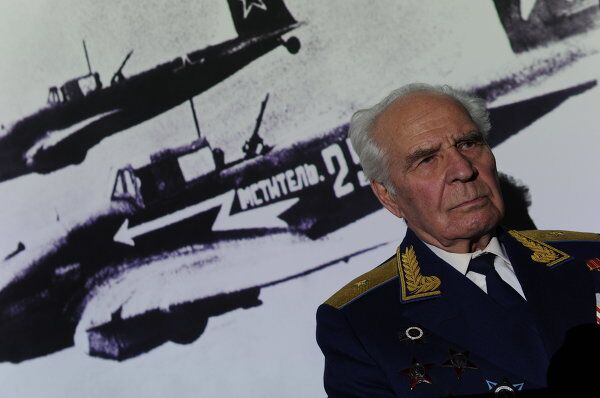
1/10
© RIA Novosti . Vladimir Viatkin
In the run-up to Victory Day celebrations, Moskovskiye Novosti interviewed several veterans of World War II. Photo: Aviation Maj. Gen. Alexei Rapota (Ret.), WWII veteran.
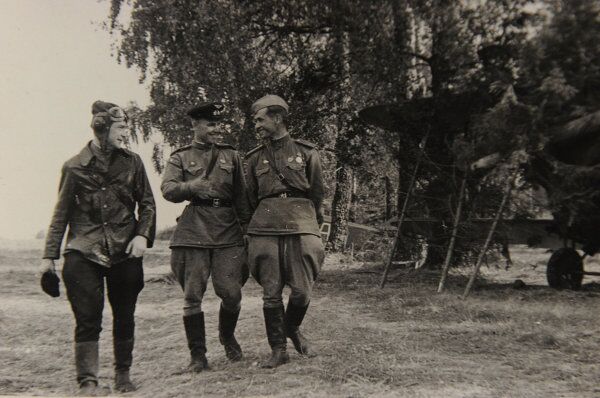
2/10
© Alexei Rapota’s archive
Maj. Gen. Rapota described his air school training, combat sorties, and how he found a wife by correspondence. “The first regiment from our school was sent to the front in October, when the Germans were advancing on Moscow. It fought in the daytime and all the pilots died within a week. Our regiment fought at night, but we, too, lost almost half of our men within three months on account of antiaircraft fire.

3/10
© RIA Novosti . Vladimir Viatkin
Maria Rokhlina, paramedic, WWII veteran. She took part in the Battle of Stalingrad. Her story is about how she trained for war while still a secondary school student and worked hard to fight off fear.
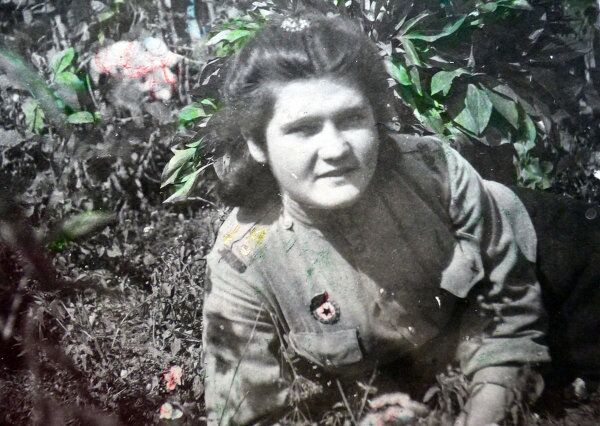
4/10
© RIA Novosti . Maria Rokhlina’s archive
“Once a tank operator was trying to get out of a burning tank, but his belt caught on the hatch and he couldn’t get free. I crawled over to him and unbuckled the belt, and he slumped out of the tank. He was burned all over, you couldn’t touch him. The fire had spared only his eyes and head. I took off my great coat and wrapped it around him. Then I grabbed hold of the collar and dragged him to our trenches. That tank operator found me after the war,” she said.
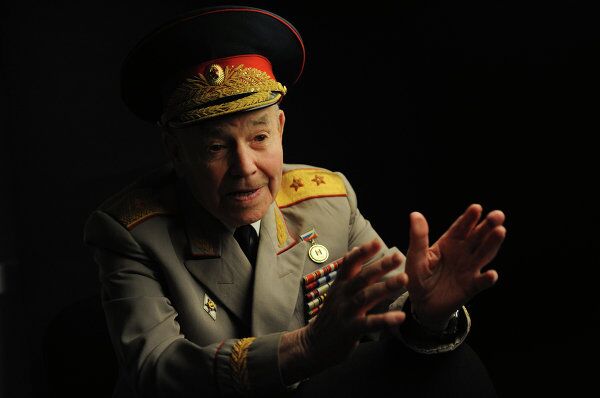
5/10
© RIA Novosti . Vladimir Viatkin
Tank division commander Nikolai Orlov, WWII veteran, participant in the Battle of Stalingrad. He was wounded several times in combat.
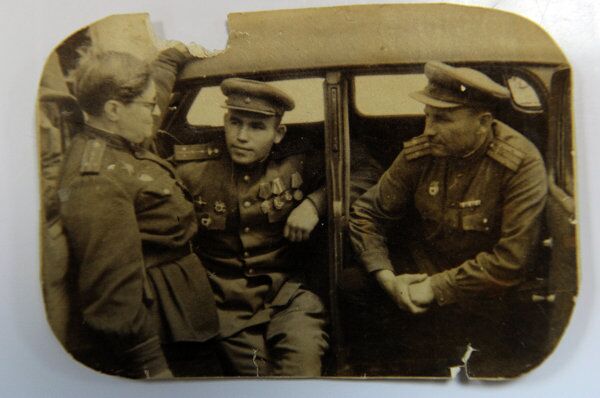
6/10
© Nikolai Orlov’s archive
Nikolai Orlov also participated in the Battle of Kursk, fought his way across the Dnieper, and helped liberate Moldavia. In May 1944, he was sent to the Stalin Armor Academy and did not see combat after that.
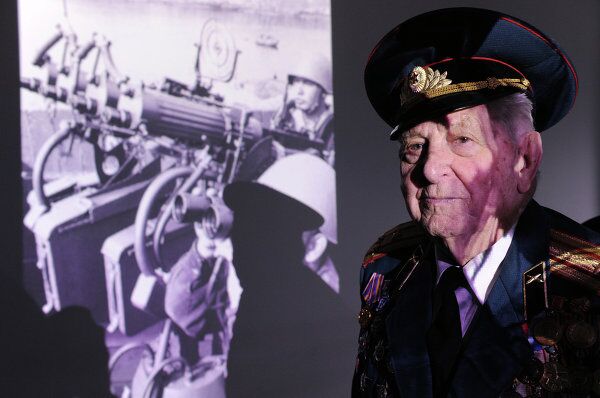
7/10
© RIA Novosti . Vladimir Viatkin
Antiaircraft gunner Nikolai Polyakov, WWII veteran. After the war, he graduated from the Air Force Academy; in 1963, he graduated from the General Staff Academy.
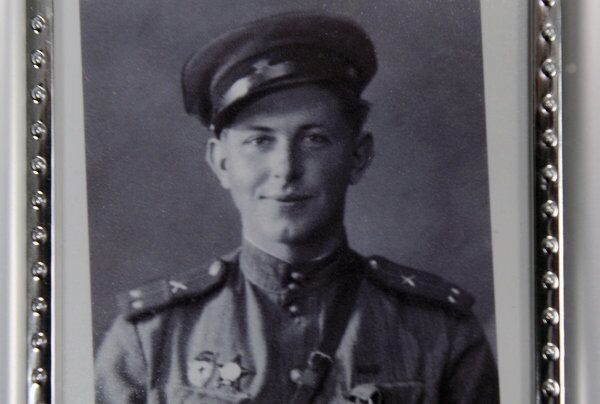
8/10
© Nikolai Polyakov’s archive
Polyakov always sought to combine military service with creative pursuits. He painted pictures and later organized several personal exhibitions in Lvov and Moscow.
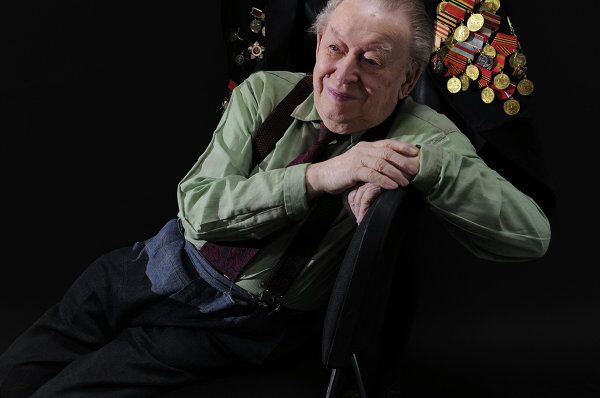
9/10
© RIA Novosti . Vladimir Viatkin
Cameraman Boris Sokolov, a WWII veteran, recalled how eager he was to reach the front and how military operations were filmed. To this day, he knows what distinguished German-made equipment from Soviet cameras and can give the details of famous staged or false images.
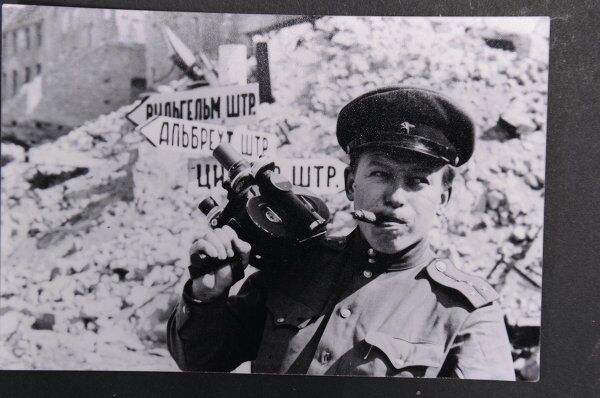
10/10
© Boris Sokolov’s archive
Sokolov found that the most interesting job was filming street battles: “In cities we could film tanks, artillery and infantry. But in the field, there was not much we could do and thus much less film was used. A total of 3.5 million meters of film was used up throughout the war on all fronts and more than 300,000 meters during the assault on Berlin alone.”

